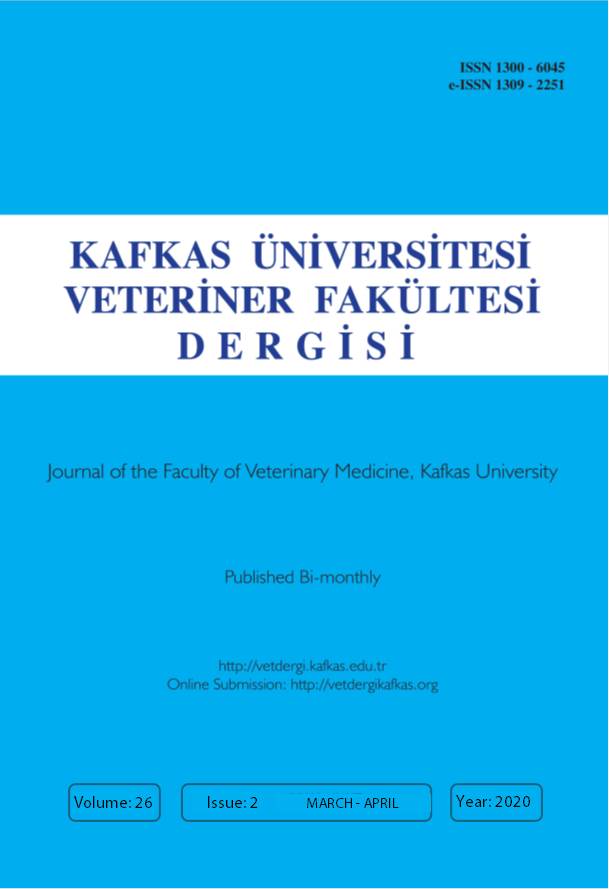
This journal is licensed under a Creative Commons Attribution-NonCommercial 4.0 International License
Kafkas Üniversitesi Veteriner Fakültesi Dergisi
2020 , Vol 26 , Issue 2
Comparison of Tenderness and Calpains Activity of Yak Meat in Different Ages During Postmortem Aging
1College of Food Science and Engineering, Gansu Agricultural University, Lanzhou 730070, CHINA2Information Center of Gansu Food and Drug Administration, Lanzhou 730070, CHINA DOI : 10.9775/kvfd.2019.22854 Yak is a rare breed of resources in Tibetan Plateau, with high protein and low-fat content, and has other important application value. Yaks are managed by herders and slaughtered in various ages, changing from three years to twelve years of age, and there has a significant difference on meat tenderness in different ages. This study was conducted to investigate the effects of age at harvest, ageing time and the correlation analysis to meat tenderness calpains activity. The work may be used to establish a classification system and grading standards for yak meat. Four groups were established as fewer than 3 years-old, 3-5 years-old, 5-7 years-old and more than 7-years old. The results demonstrated that the content of tenderness has significantly different (P<0.05) in various ages and it increased and then decreased during postmortem aging. The muscle fiber diameter has decreased with the increase of slaughter age, while the MFI showed the contrary. The MFI increased with aging. The myofibrils" ultrastructure was completely disrupted. Calpains activity was significantly decreased (P<0.05) in the first 3 d and then decreased with aging. The calpains activity of yak meat in different ages has increased and then decreased with the different ages. The nitration of μ-calpain promoted its ability in degrading a part of myofibrillar proteins and the degrading of myofibrillar proteins related to the tenderness of meat. Keywords : Yak meat, Ages, Postmortem aging, Meat tenderness, Calpains










